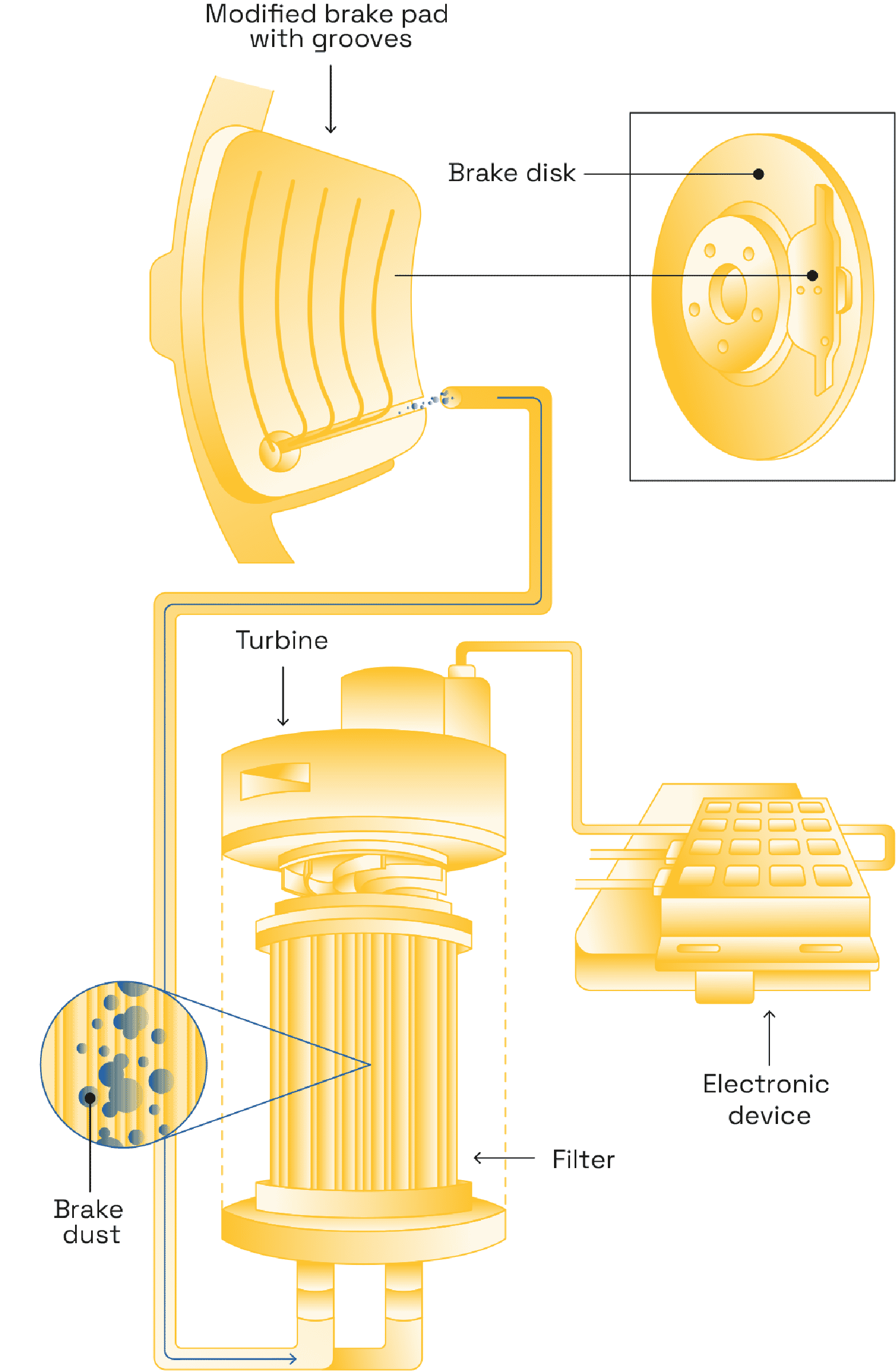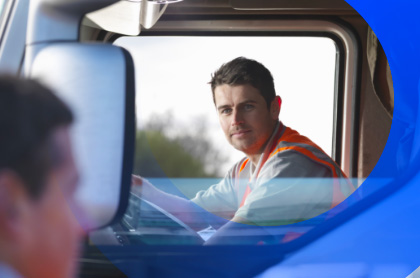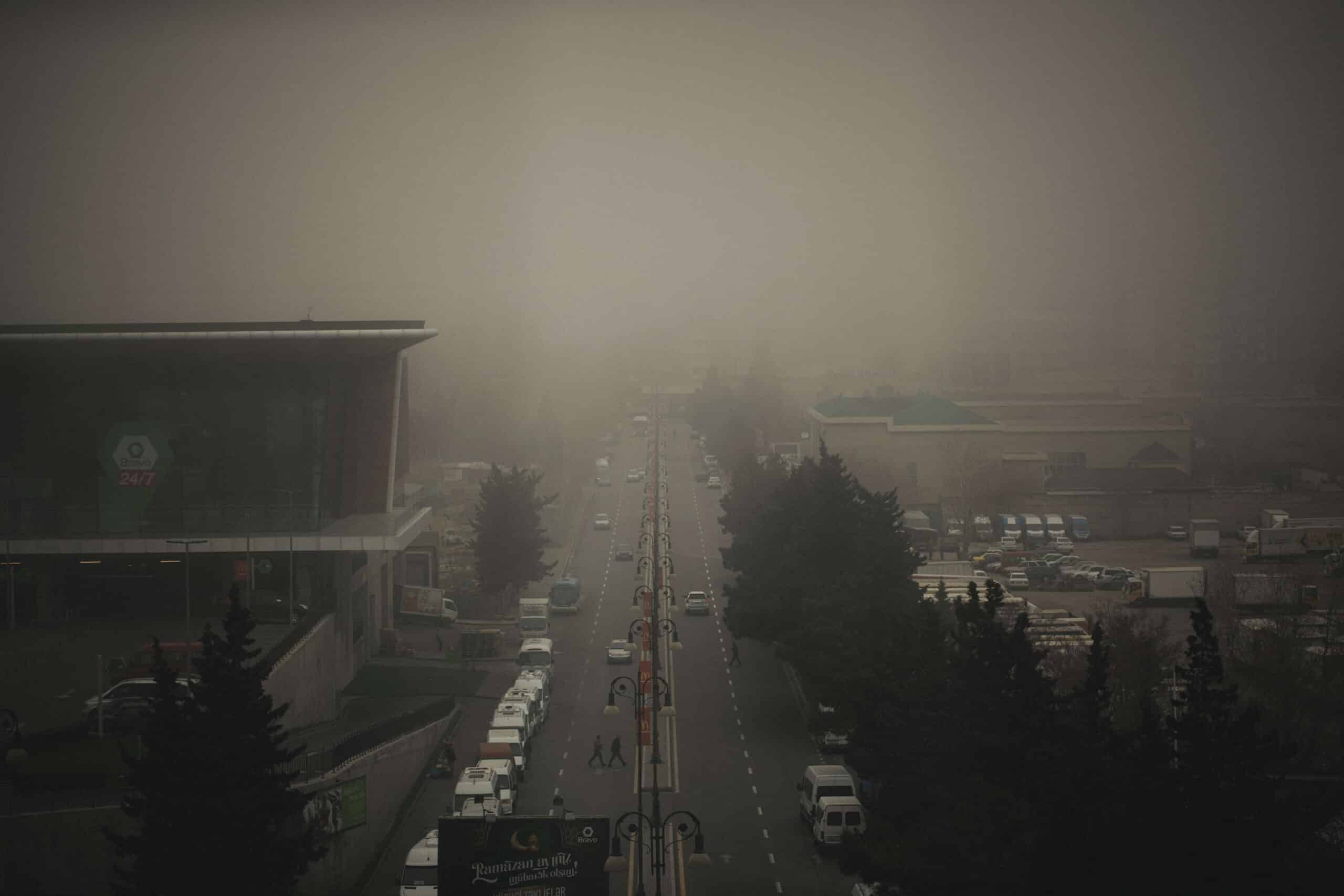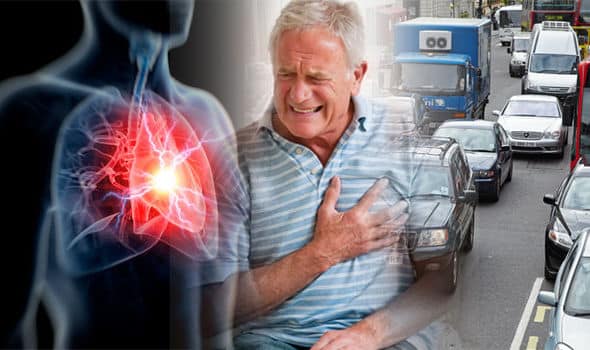Public transport and air pollution: the invisible threat
While Emmanuel Macron has his sights set on developing the RER (a rail network serving Paris and the Île-de-France) in ten French cities, an important issue remains to be addressed: how should air pollution inside the tunnels and stations be managed? This is a major public health issue that requires real and urgent action.
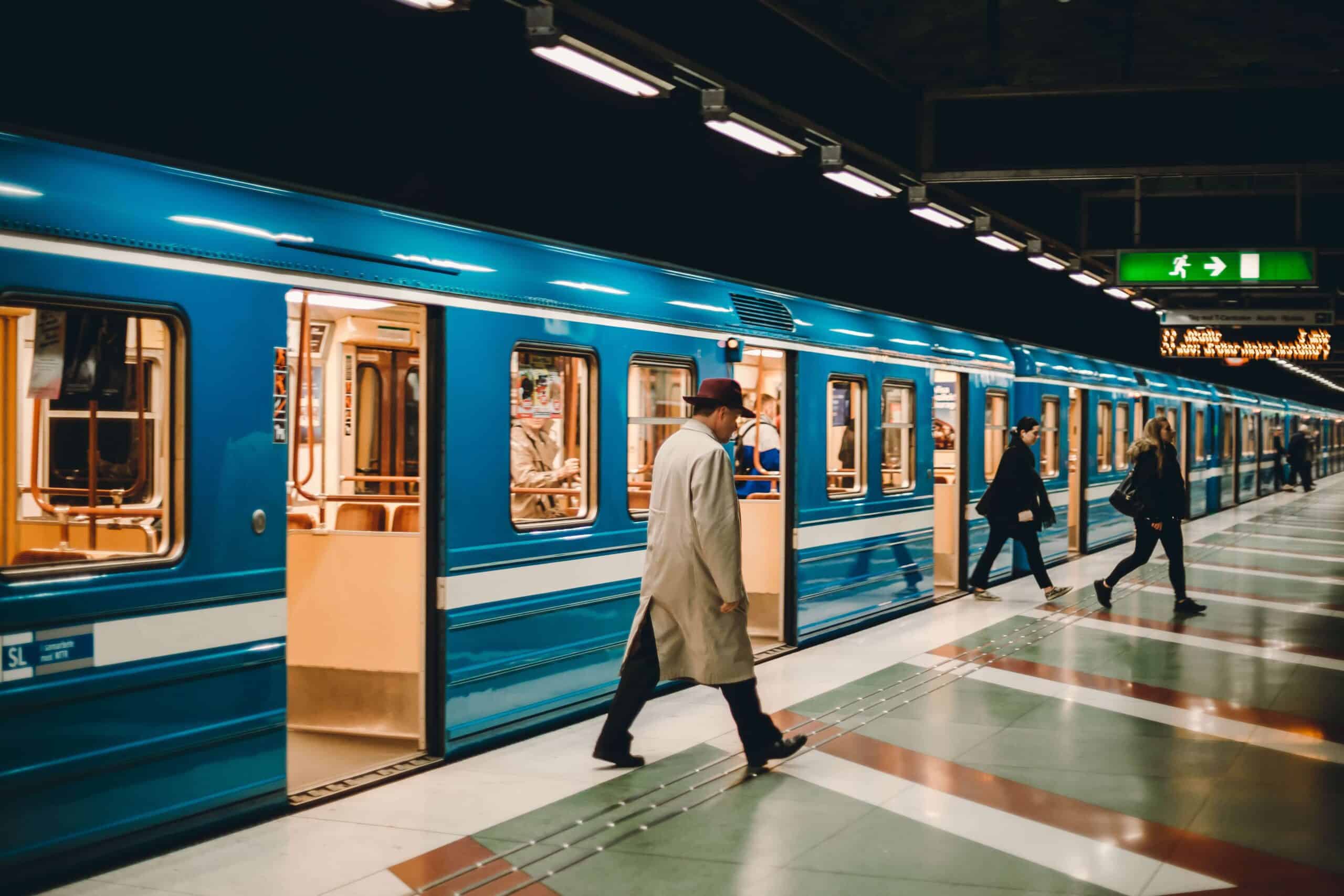

People who use public transport are certainly doing their bit for the environment. On average, a train journey emits 10 times less CO2 than the same journey by car, and up to 50 times less CO2 than doing that same journey by plane. So is it possible to travel without polluting? Ah, it’s not that simple. Few travellers realise, but the most polluted air in France is found inside its capital’s metro and RER network. “These are extreme levels of pollution which would require emergency action if they were recorded outdoors”, laments the journalist Hugo Clement in a report from June 2020, endorsing the results of an expert report by the National Agency for Food, Environmental and Occupational Health and Safety (ANSES).
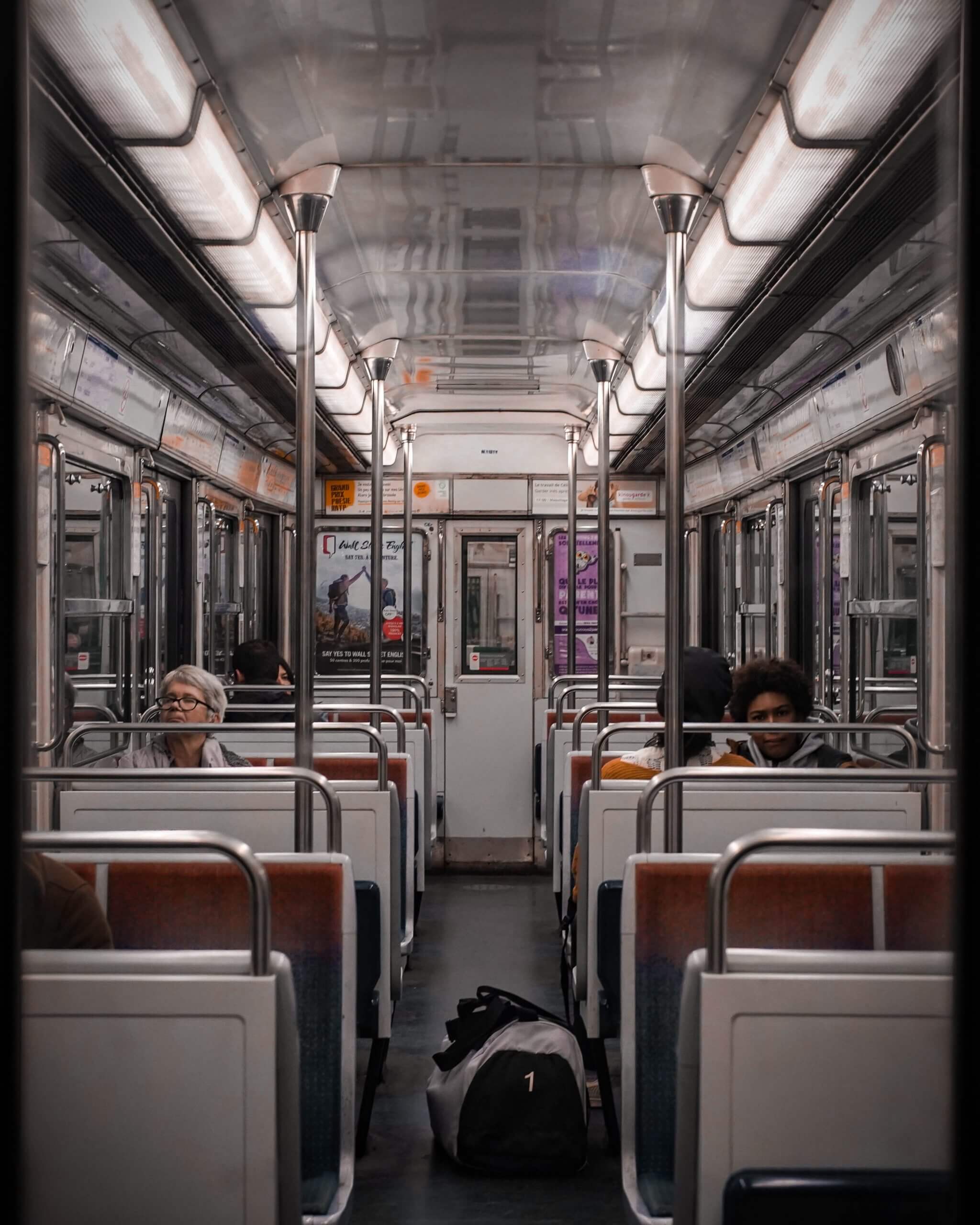

RER, metro: air packed with fine particles
ANSES raises the alarm, stating that “since the beginning of the 2000s, air quality measurements inside underground railway tunnels and stations in France have shown concentrations of particles in suspension (PM10, PM2.5 in µg.m-3) to be an average of three times higher than those in urban outdoor air”. An initial study, conducted in 2019 by the Respire association, already warned about astonishingly high levels of microparticles: “In certain measurements, the concentration of PM1 reaches 30 μg/m3, which is considerable for molecules of this size and never reached outdoors. We found between 300 and 800 particles per cm3 on the RER A platform of the Gare de Lyon station. That’s 300 and 800 million particles per m3.”
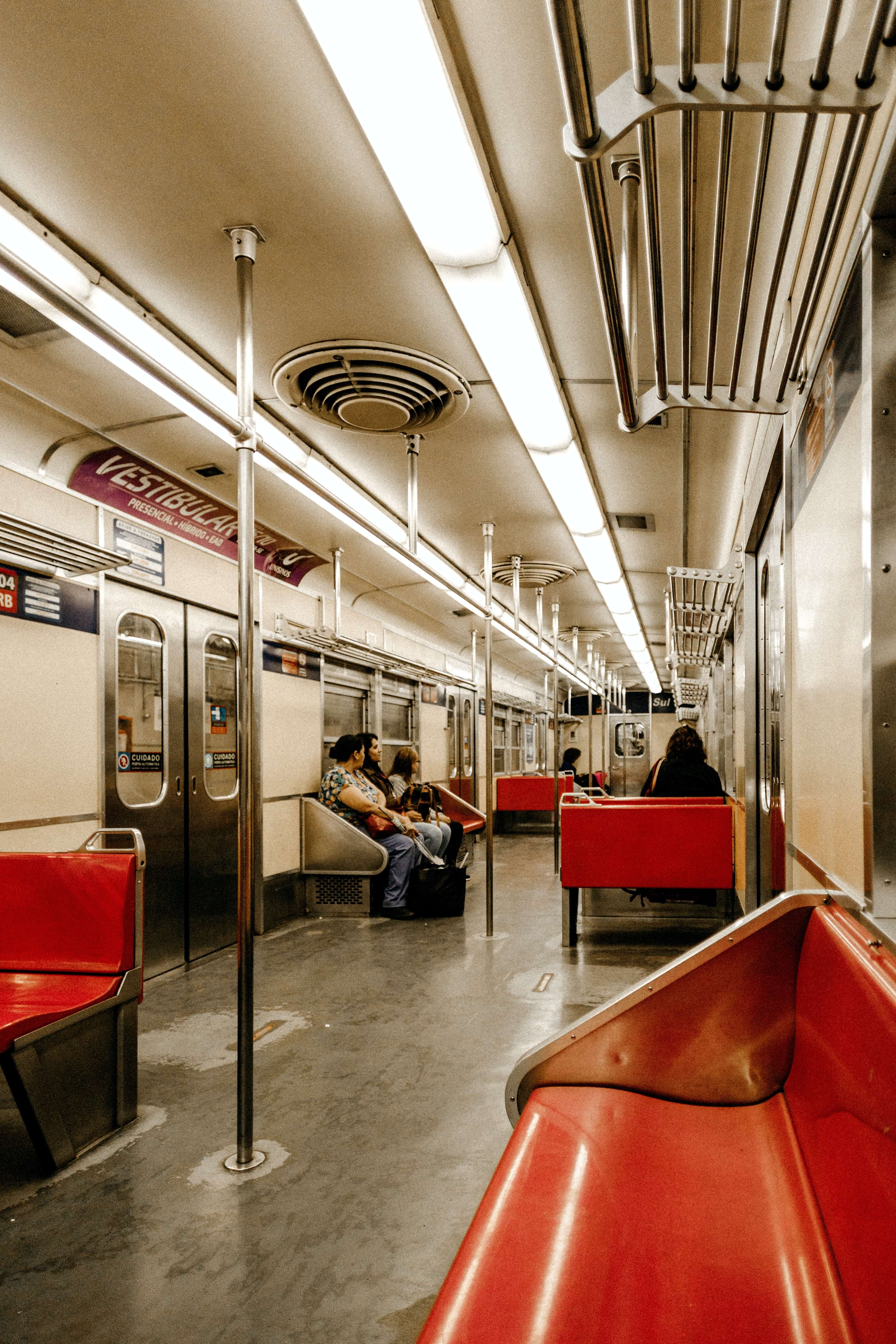

Brakes and tyres to blame
So why is the air so heavily polluted in RER stations and metros? Fine particles are created when the materials used to produce brakes and wheels rub against the rails. The level of pollution needs to be correlated with the type of equipment used, train frequency, station layout and ventilation system efficiency. “The worst culprits are metros that run on tyres, because as well as friction particles caused by braking, large quantities of particles are generated as a result of tyre wear. This is aggravated during rush hour periods when there are more trains running and drivers sometimes have to brake suddenly. The harder you brake, the more particles you produce”, observes Jean-Baptiste Renard, Research Director at CNRS and member of Respire’s scientific committee. This pollution also impacts outside air quality because it is released through air vents. A study by Respire estimates that “particle pollution (PM10, PM2.5 and PM1) is twice as high near air vents than it is in regular outdoor air in urban areas”. “Don’t let your children play over these wind tunnels! The levels sometimes reach up to ten times those of outside air, on certain sizes of fine particles (2 to 3 μm)”, points out Jean-Baptiste Renard.
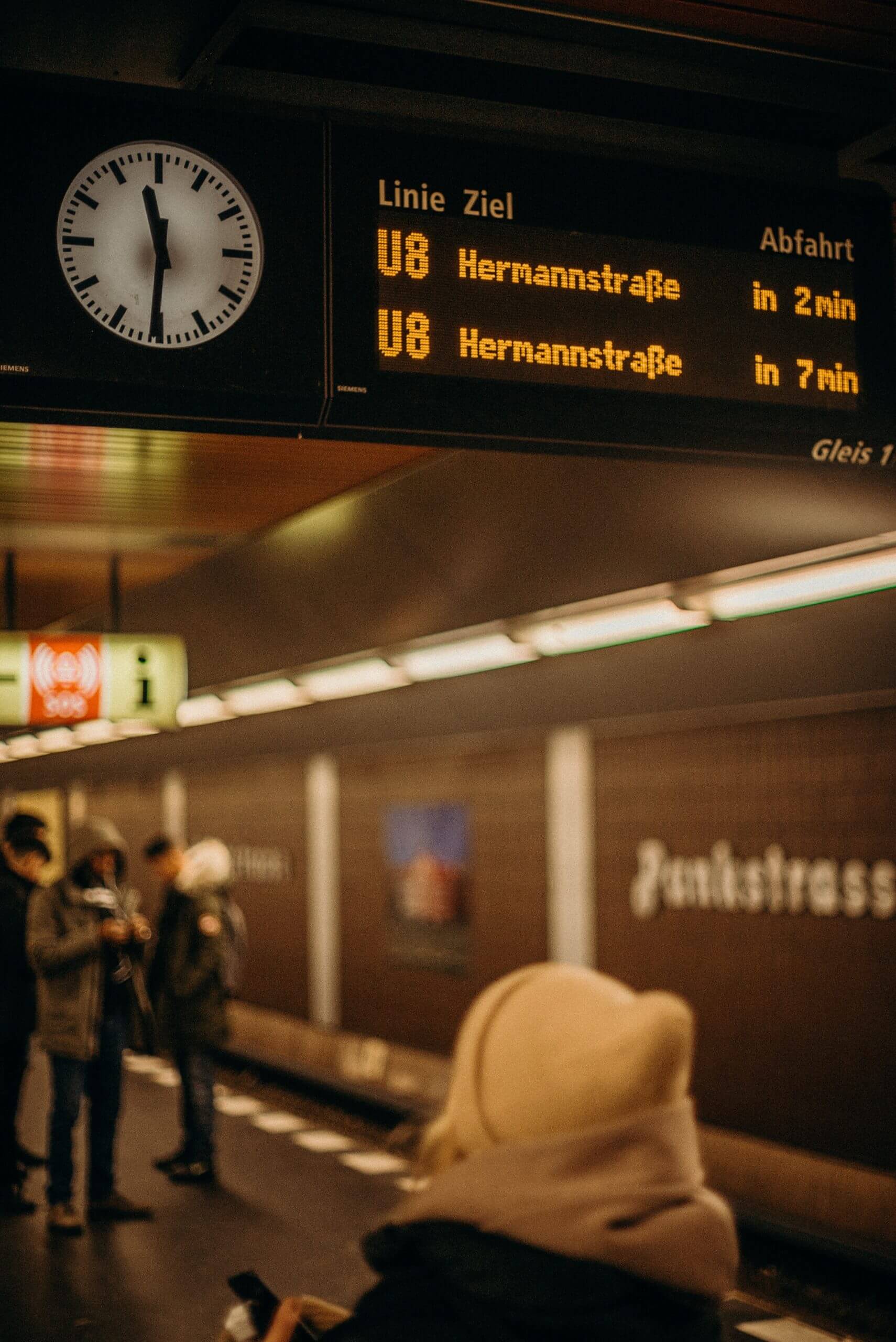

An unfamiliar yet deadly danger
There are real health hazards for both employees and passengers. ANSES points out that “epidemiological and toxicological data suggest that there may be cardiorespiratory effects given the biological changes observed in relation to inflammation, oxidative stress and autonomic cardiac function”. Fine particles can be inhaled deep inside our lungs and enter our bloodstream. When this happens every day, the particles can cause diseases such as lung cancer, cardiovascular complaints, heart attacks, etc. “The risk is substantial because many of the particles we’re finding are ultra-fine. The thinner they are, the further they go inside the body. To make matters worse, they contain carbon, which is particularly dangerous”, says Jean-Baptiste Fox. “The people most at risk are those who frequent these areas every day. In viral medicine, doctors talk about viral load. A similar idea exists with fine particles. If you are exposed for a few hours or even several minutes to high levels, the cumulative effect is very real. So you can imagine the risk for those who work in these conditions all the time”, concludes Jean-Baptiste Renard.
Solutions to pollution
But Jean-Baptiste Renard is pleased to see progress being made: “The tide is turning. Recently, we are observing genuine awareness about this problem, with studies being carried out on how to limit sources of pollution. Obviously, we’re not going to find a magical solution for it all within six months. But there seems to be more awareness that solutions are needed, and that’s encouraging. It’s actually similar to public awareness about the dangers of diesel fuel, but it has come later in the day. So how can we reduce the pollution generated by public transport? There are effective ways. There needs to be better ventilation inside trains and stations, provided that the air is filtered before it is pumped outside. Regenerative braking should be standard. Fine particles should be suctioned at the source. These measures would make the air inside public transport systems healthier. In the meantime, if you are unsure about using public transport, Jean-Baptiste Renard encourages you to persist. Don’t stop using public transport, but on peak pollution days stay at home if you can: “When pollution is high, if you take public transport you are going to suffer for two reasons: you’re contributing to external pollution as well as the pollution generated by the transport itself. It’s best to stay put”. Message received loud and clear.
